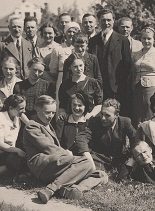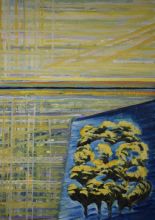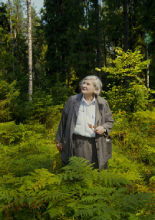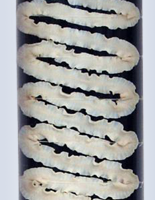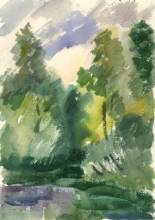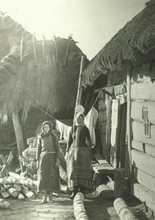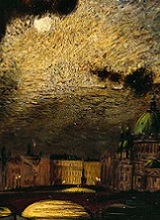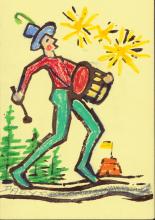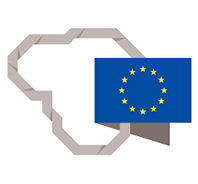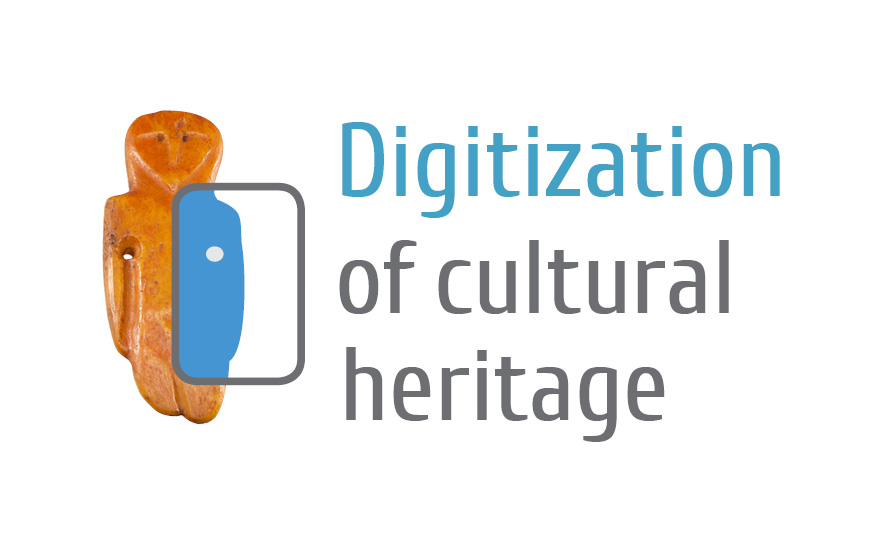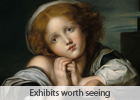Antanas Tamošaitis (1906–2005). Drawings of Painterly Decorated Dowry Furniture
The archives of the Folk Art Department of M. K. Čiurlionis National Museum of Art contain drawings of chests, wardrobes and sideboards by the artist Antanas Tamošaitis. A part of them – drawings of the painterly decorated dowry furniture – is presented in this virtual exhibition dedicated to the artist’s 115th birth anniversary and the year of archives.
A. Tamošaitis was born in Barzdai village, the former Šakiai county. In 1923 he started studying at Kaunas Art School and graduated with a degree in graphics in 1929. He was a teacher at this school for several years. Since 1926, A. Tamošaitis participated in expeditions during which he collected articles of folk art, captured them in photographs and drawings. In 1934, the artist travelled along the then counties of Marijampolė, Šakiai and Vilkaviškis and depicted samples of furniture on small-format watercolour sheets in gouache technique.
The drawings of chests make up the largest group of the displayed images. The plane surfaces are arranged schematically on a sheet of paper. The compositions differ in that they show either the basic plane of a piece of furniture or two planes, or even three. The areas of a cover, front and back planes are painted in one colour, usually dark red. The front surface is divided into rectangles or squares which acquire differently coloured ornaments of nature motifs. The most common of them are white, black and muted beetroot, yellow, blue and green. Such compositions are dominated by sketchy trees of life, consisting of lines, dots, and plant motifs.
The drawing of a cover corresponds to the main plane of a chest and is divided into two or one square decorated with a plant ornament, while the back plane has as a rule linear ornaments.
There are only a few drawings of sideboards. The drawings of each front surface is composed in the centre of a separate sheet of paper. The background of the plane is painted in tints of red or brown and has quite an accurate plant motif. The surfaces of door planes are marked out with a black contour line. The details of the locks, hinges and handles are painted dark, their drawing is planar and generalized.
On every drawing there are the author’s artistic marks inscribed symmetrically – the capital letters “A T” and the year of the expedition – “1934”. Actually, they are like graphic ex-libris drawn in thin lines and a combination of black and beetroot colour.
A. Tamošaitis’ drawings created in the ethnographic region of Suvalkija are a valuable part of the author’s legacy and testify to the location of the furniture characteristic of certain region and the tradition of their decoration.
Prepared by Monika Gineikienė


